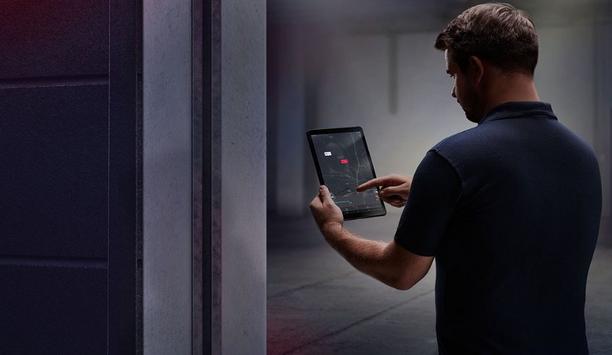Continuing on with the series of articles where they highlight each industry they accommodate and stock workwear for. This week they’re looking at the medical industry, specifically ambulance and paramedic workers.
Headwear - In this industry, hard hats and safety helmets aren’t required. In fact, there isn’t any form of headwear that is required for these jobs. Optional caps, snoods, and safety glasses may be worn for various reasons such as to keep warm or to prevent any harmful toxins from getting into the eyes. Face masks may also be worn depending on the situation and the reason for the callout.
Storing personal items
Bodywear - Yellow and green high-vis jackets may be a good option here to distinguish them from other emergency services and help paramedics and ambulance workers stand out when traveling at high speeds to get to the scene of the event. Furthermore, in poorly lit conditions or certain times of the day, high-viz workwear is needed for full visibility. Underneath, however, things such as bodywarmers, thermal tops and a smart polo shirt might be good options to keep warm in the colder months or keep cooler in the summer months.
Again for the colder months, thermal legwear is a good option to keep warm
Legwear - A good pair of work trousers with plenty of zips, pockets, and belt loops can help when it comes to storing personal items and important tools needed to carry out the job. All the while keeping users free and not restricted whilst on the job as they may need to operate stretchers, carry people, lift etc. Again for the colder months, thermal legwear is a good option to keep warm, especially when working a shift pattern during the early hours of the morning.
Low-level lighting conditions
Footwear - A steady, durable, and most important comfortable pair of work shoes/boots is a great option here. When being called out to an emergency scene, they don’t know what the terrain could entail. Especially if it’s in low-level lighting conditions, whether walking across a muddy land, ice or in a kitchen area that may have slippery floors, paramedics and ambulance workers need to rely on their footwear and grip.
This can help when having to carry or move a stretcher from the scene to the ambulance itself. A good pair of socks can also help keep the feet safe and provide extra warmth and comfort. All the products discussed in this article are available to buy at Granite Workwear. So be sure to head over to the Ambulance and Paramedic industry page to find all the products mentioned.















